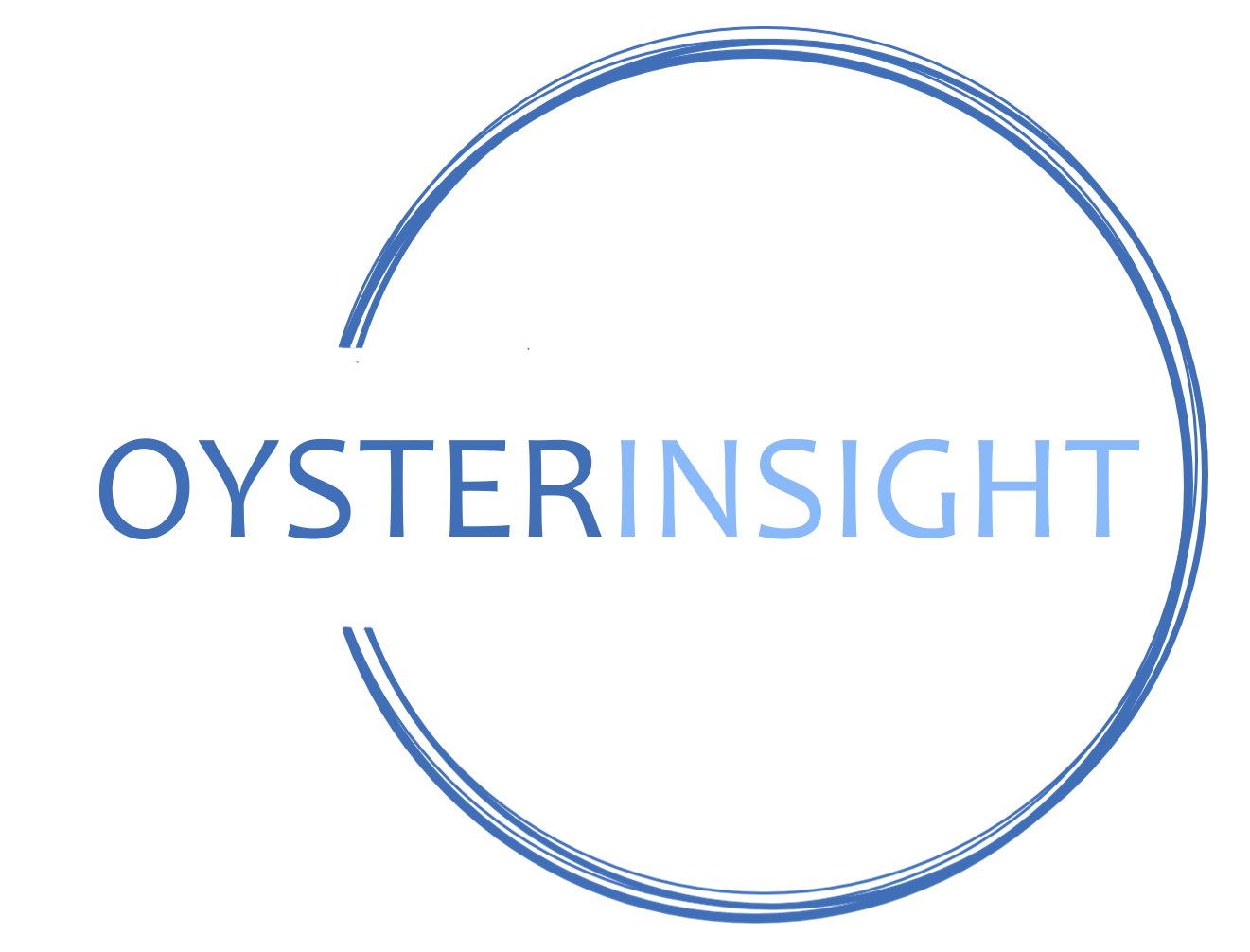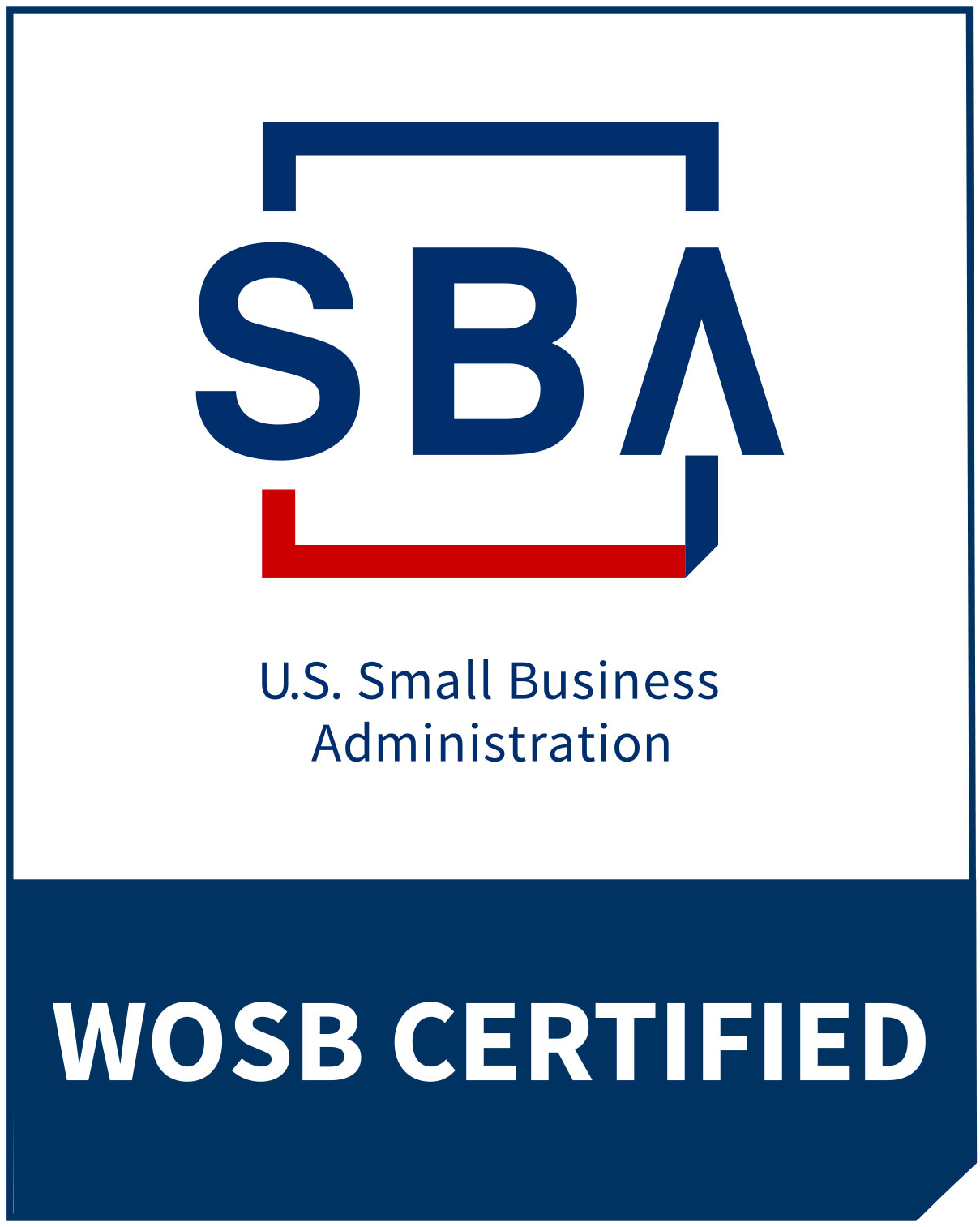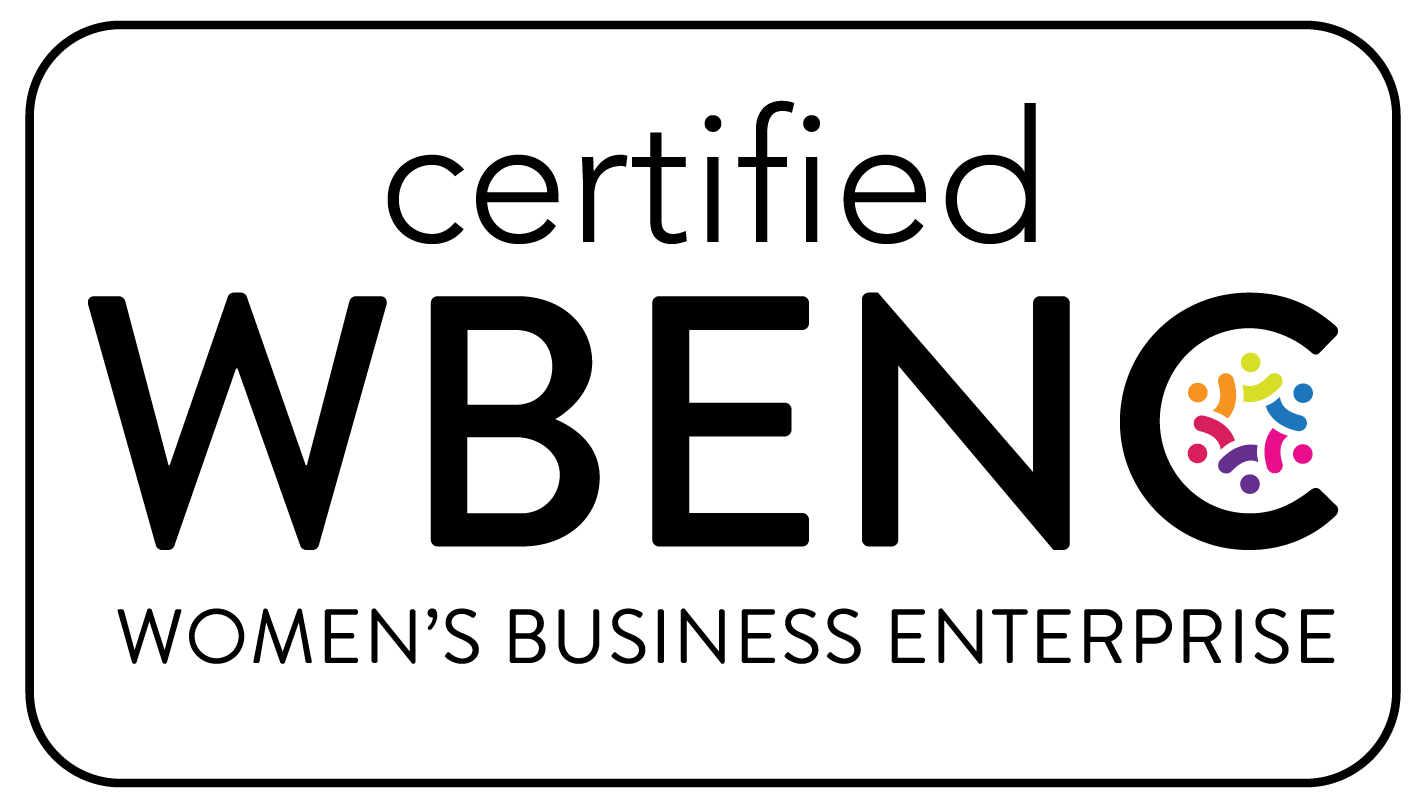When strategy execution fails — and it does, 67–80% of the time — it’s usually not the strategy that’s broken. It’s the communication.
🎥 Watch the Video: The Preventable Expensive Problems
(2 minutes)
The Roof Leak Problem
Last week, our soon-to-be new roof leaked.
Not because of a storm no one saw coming — everyone saw it coming.
It leaked because two contractors didn’t communicate.
A quick conversation could have saved thousands of dollars and hours of cleanup.
That’s what makes communication breakdowns so frustrating:
they’re preventable, predictable, and expensive.
The same thing happens inside organizations every day.
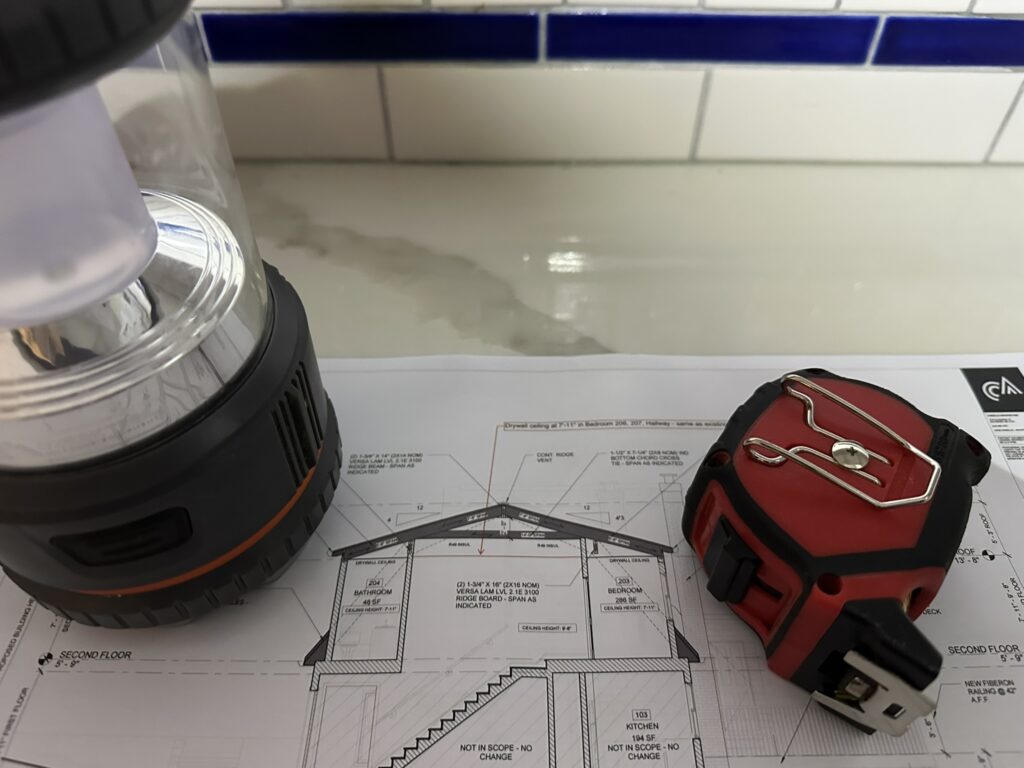
Preventable. Expensive. Frustrating
Where Communication Breaks Down
Breakdowns almost always occur at predictable intersection points —
where timelines, functions, or roles overlap:
- When one phase ends and another begins
- When marketing hands off to sales
- When engineering hands off to operations
- When responsibility shifts across teams
- When departments operate in silos

These are the bridges where coordination should happen —
and where it often doesn’t.
The Real Cost
When communication fails at those bridges:
- Launches slip, deals die, and clients leave
- Teams redo work or operate on bad information
- Budgets balloon as people fix preventable issues
- Employees lose confidence because “nothing works around here”
Every quarter it continues, the cost compounds.
The roof leak becomes structural damage.
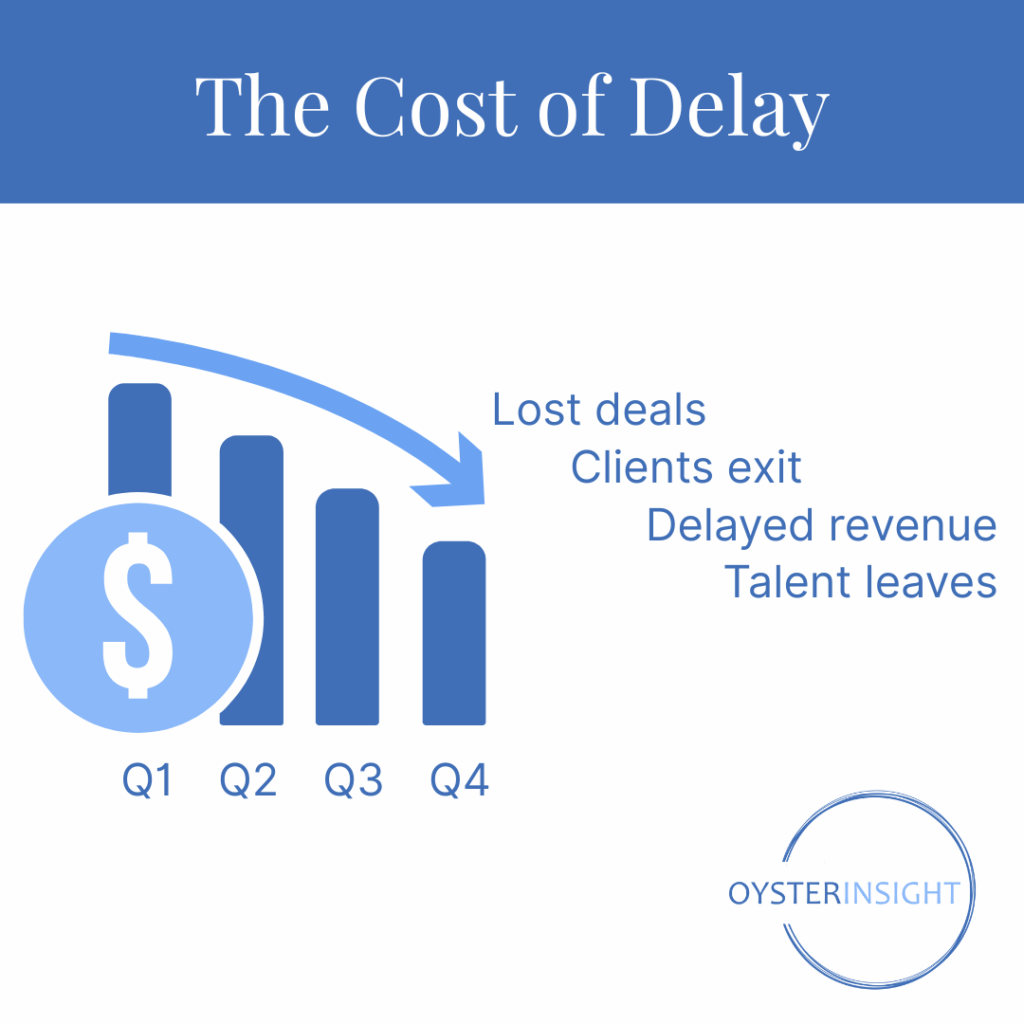
An Example: The Airport That Got It Right
One airport got this perfectly right.
During a major redesign, leaders didn’t just consult architects.
They brought in ticket agents, maintenance crews, and gate staff —
the people who would actually use the new layout.
The result: fewer mistakes, less frustration, smoother operations.
By including operators early, they built a design that worked for real life.
That’s what great communication looks like in action — connection before correction.
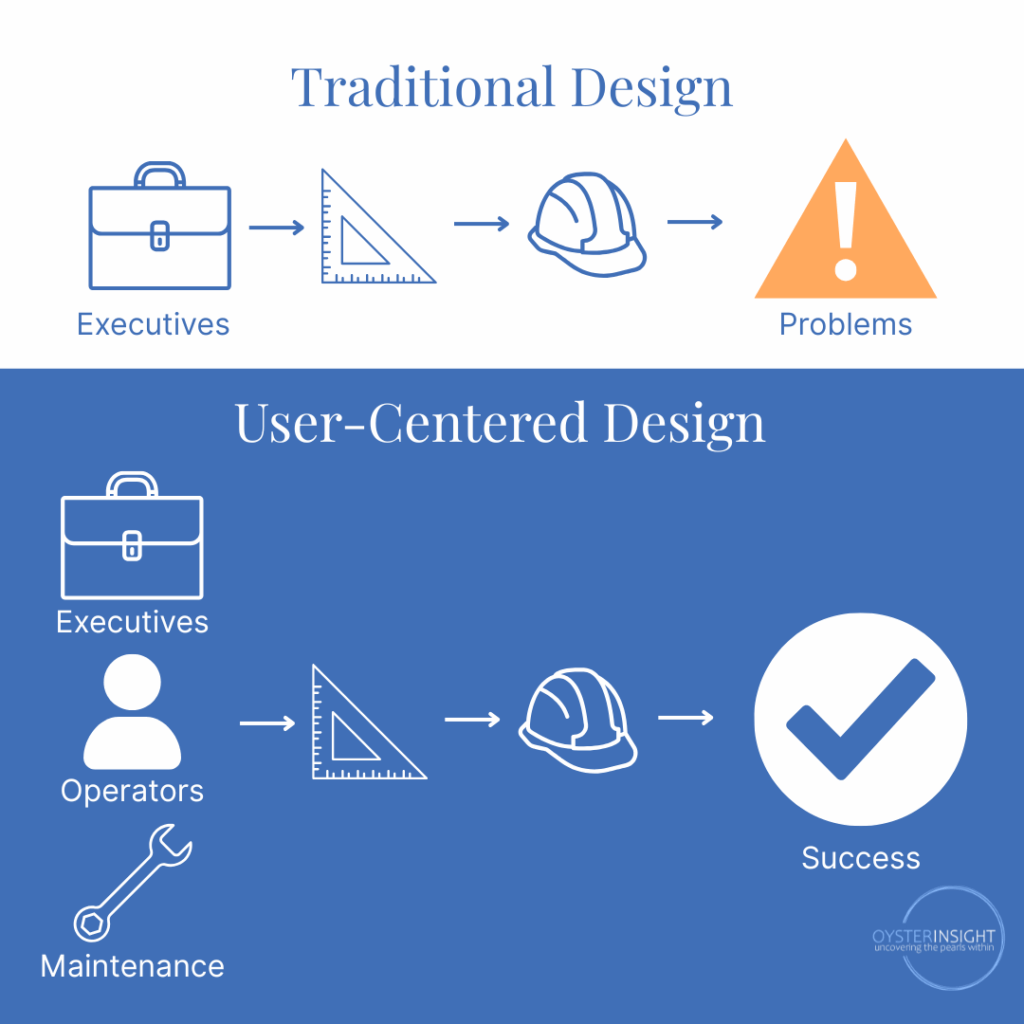
How to Prevent Communication Breakdowns
1️⃣ Map the Intersection Points
Find your bridges:
- Where do handoffs happen?
- Which groups need to align before the next “storm”?
2️⃣ Bring Users In Early
Ask those who execute:
- What do they see that planners miss?
- What would make coordination easier?
3️⃣ Create Bridge Protocols
Build communication checkpoints at transition points — not after problems arise.
4️⃣ Make Gaps Visible Before They’re Expensive
Don’t wait for the leak.
Surface misalignments early through brief cross-functional reviews and clear ownership.
What Sailing Teaches Us About Communication
When I’m racing, as we approach a mark, someone always asks,
“Does everyone know what they’re doing?”
If we have new crew members, we talk through who’s trimming, who’s hoisting,
and how the rounding will flow.
And if it’s an unusual rounding — maybe we need to go early, late,
or in a different sequence than usual — we talk through it before we’re in the turn.
Because once you’re rounding the mark at full speed, it’s too late to discover
that someone didn’t know their role.
That’s exactly how organizational communication works.
Those high-pressure handoffs — between sales and delivery,
or engineering and operations — are your marks.
If people don’t know who’s doing what and when,
you’re guaranteed a messy rounding.
Great leaders build the habit of calling the play early
so the team executes cleanly when it counts.
Why Traditional Fixes Don’t Work
Most organizations treat communication issues with:
- Team-building retreats
- Generic communication training
- Collaboration tools or org chart redesigns
But the real issue isn’t skill or technology.
It’s system design — no one’s responsible for the handoffs.
Both of my roof contractors probably had great communication skills.
The problem wasn’t how they communicated.
It’s that they didn’t know they needed to — until after the storm.
The Oyster Insight Approach: Systemic Discovery
We call this Systemic Discovery — identifying how information actually flows,
not how the org chart says it should.
We:
- Map the real communication intersections
- Observe information flow in live meetings and decisions
- Spot recurring bottlenecks and alignment failures
- Embed solutions in real work, not workshops
Because communication failure is rarely random.
It’s predictable. And that means it’s fixable — fast.
Real Example: The 90-Day Sales Turnaround
One client’s win rate was stuck at 30%.
Root cause: a communication breakdown between marketing and sales.
Marketing promised one thing; sales said another.
Prospects were confused, and deals stalled.
By aligning both teams early — like the airport redesign —
we doubled win rate to 60% in 90 days.
That’s fixing expensive problems fast.
Questions to Ask Your Team
- Where do we keep seeing preventable, expensive problems?
- What are our current intersection points?
- Who should be in the room earlier?
- What storm is everyone seeing but no one preparing for?
- Where would a short conversation prevent a big cost?
How We Help
At Oyster Insight, we help leaders:
- Identify the intersection points where communication predictably fails
- Map actual information flow across teams
- Embed coordination systems into daily work
- Measure improvement in real business results
Because the best time to fix a communication problem
is before the storm everyone knows is coming.
What’s Your Roof Leak?
What’s your organization’s version of two contractors who didn’t talk?
What preventable, expensive problem keeps repeating?
Let’s fix it before it costs you again.
📧 Email: Molly@OysterInsight.com
📞 Call: 443-994-1176
Related Articles:
Why Leadership Development Fails (And How to Fix It Fast)
You Can Lead a Horse to Water: Why Training Alone Doesn’t Work
[Future: How Systemic Discovery Reveals Hidden Blockers]
Video Transcript:
0:00 Communications breakdowns are a nightmare. And the worst thing about them is that often, it’s a nightmare that you can predict. 0:10 We see communication breakdowns all the time. In our personal lives. Last week, we had a leak in our soon-to-be-new roof at our house. 0:21 Because two contractors didn’t communicate before storm that everybody knew was coming. And what makes these leaks preventable, expensive problems so frustrating, is that they’re preventable. 0:33 And you know how easy it would have been to not spend all that money to fix something that didn’t need to go wrong. 0:42 Often, when we see communications problems, breakdowns, it happens at the intersection of timelines, of functions, of roles. 0:54 of silos. And so, how do you get your people to help think ahead to those bridges where one group is passing off to another? 1:07 Or where two groups need to come together? One great example is to bring the users in early. To bring the operators in early. 1:20 There was an airport that we And they brought in all of the maintenance workers, the ticket agents, everybody who worked at the airport on a regular basis. 1:29 They brought them into the design stage. So that the four of the new airport could work well for them, reducing overhead, anxiety, frustration, mistakes. 1:44 It’s incredible. It’s great example of how to bridge those gaps when you’re bringing different functionalities together. How can you prevent or fix your communication breakdowns? 1:57 Let’s take a chat.
